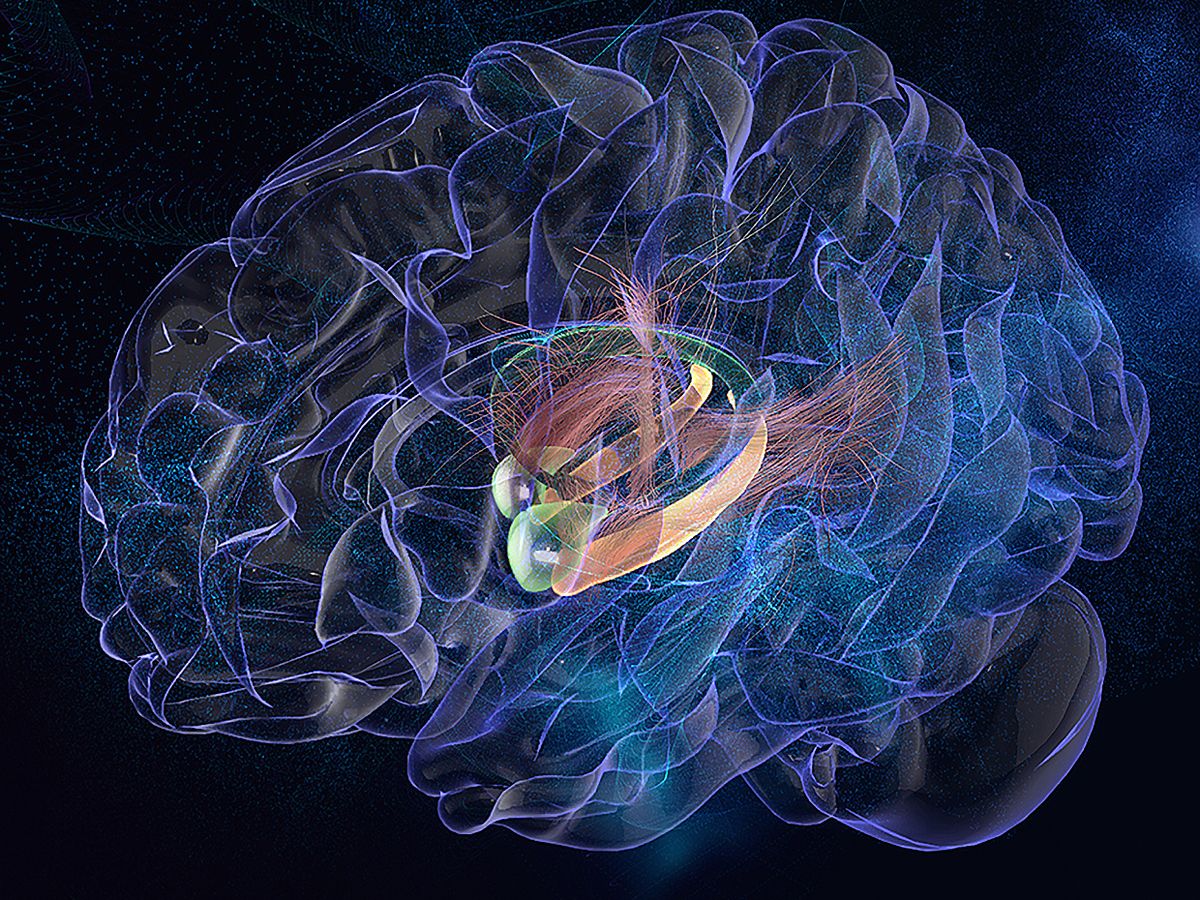Cory Inman has fond memories of tending campfires at boy scout camp in the north Georgia mountains. A cognitive neuroscientist by training, he knew he had his amygdala to thank for those strong emotional recollections.
As Inman started his postdoctoral fellowship at Emory University, in Atlanta, he began to wonder: If a warm-and-fuzzy event in his distant past could stimulate this particular almond-shaped cluster of neurons in his brain and strengthen memory formation, could an electrode implanted into the brain of someone with cognitive deficits do effectively the same thing?

To find out, Inman and his colleagues at Emory University, in Atlanta—including neurosurgeon Jon Willie and memory researcher Joseph Manns—recruited 14 patients with epilepsy who already had electrodes placed in their brains to detect and monitor seizures. The researchers sat each person in front of a computer screen and displayed images of everyday objects: celery stalk, clipboard, roller skate, butterfly, skeleton key, telescope, ship-in-a-bottle, basketball, park bench—160 in total.
Half of the time, at random and immediately after seeing the picture for three seconds, participants received a one-second zap of low-amplitude electrical stimulation directly to their amygdalas, delivered in eight short bursts, each 50 Hertz in frequency and at a current of 0.5 milliamp.
That jolt made all the difference on memory tests administered one day later. As the researchers report today in the Proceedings of the National Academy of Sciences, participants were about 10 percent more likely, on average, to recognize an image they’d seen before if that picture had been followed by the electrical stimulation—and the effect was not linked to any emotional responses to the treatment.
This confirms the finding, previously shown only in animal models, that the amygdala plays a central role in helping convert short-term memories into long-term ones—even in the absence of emotional input. “Emotional arousal is not essential, but activation of the amygdala is,” says James McGaugh, a memory researcher from the University of California, Irvine, who was not involved in the study. “These are the first findings to show that in human subjects.”
Notably, the electrical stimulation only had an effect on patients' recollection skills the next day, and not on their memory when it was tested immediately after they first saw the photos. According to Inman, that’s likely because of the amygdala’s central role in working with the hippocampus to make significant memories last. That process of ‘memory consolidation’ takes time—and it was something Inman’s team saw experimentally when they measured electrical signals in the brain and found that network interactions between the amygdala and other memory regions of the brain were stronger on the day-later test but not the same-day one.

The benefit of the amygdala stimulation was also greatest for those who had the worst memory skills to begin with—and thus the most to gain from treatment. “This is encouraging,” says Inman, “because those are the kinds of patients we want to help.” One participant, for example, could hardly remember anything from one day to the next. Without any intervention, she could only recall around 5 percent of the images she had seen 24 hours earlier. With the electrical stimulation, her image retention went up to 37 percent—more than a seven-fold improvement.
Other research teams, including one led by neurosurgeon Itzhak Fried at the University of California, Los Angeles, had previously shown that electrical stimulation to other parts of the brain could improve people’s short-term recollections—over the course of 30 seconds to an hour after initial learning. But, says Inman, “no study has shown memory enhancement for specific events or images at longer time scales, like 24 hours later,” as his team now has.
The Emory researchers are now testing whether they can make memories last even longer, perhaps even forever, by changing the way they stimulate the amygdala. If they succeed, this type of electrical stimulation therapy could conceivably one day help people with memory loss of all sorts, including Alzheimer’s disease and other kinds of dementia.
Unfortunately, “at this point,” notes Inman, “there’s no technology that exists that can stimulate the amygdala non-invasively.” But he hopes that, by studying memory in people with epilepsy today and with the advent of new technologies tomorrow, the research will open a new path to memory enhancement for those with cognitive problems of all kinds.
Elie Dolgin is a science writer specializing in biomedical research and drug discovery. After a PhD spent studying the population genetics of nematodes, he swapped worms for words—entering journalism as an editor at The Scientist, Nature Medicine, and STAT. Now a freelancer, Elie is a frequent contributor to New Scientist, Nature, IEEE Spectrum, and more.



